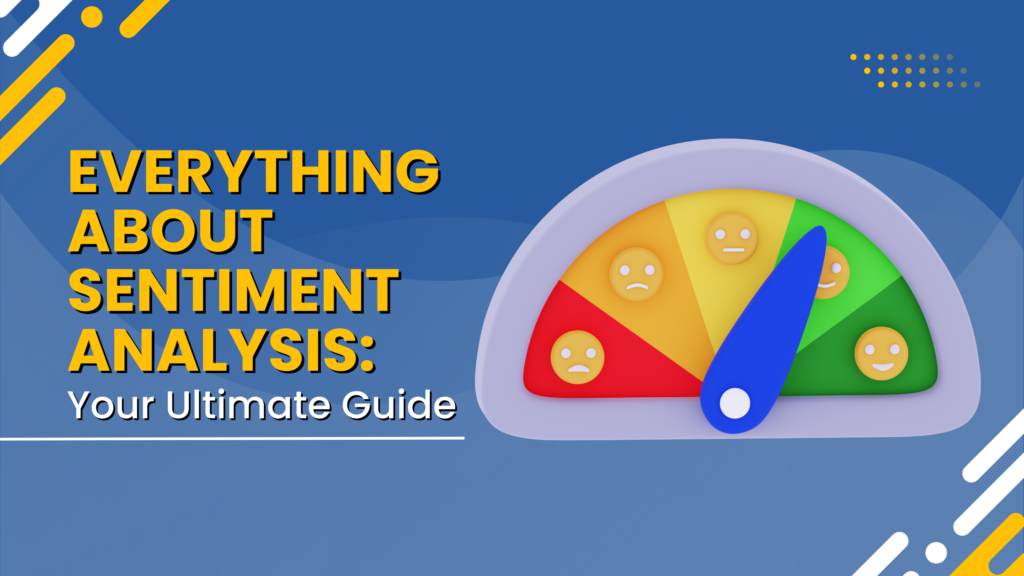The popularity of social media being used to interact with consumers has given businesses a lot of insight. However, the insights are always in the form of likes, shares, and comments.
We can always decipher the meaning of a person liking our post and sharing it. This, undoubtedly, means the feedback is positive.
It is the comments that require a lot of time to read to understand whether the person has a positive or negative feeling towards our ad or product.
Comments are textual reactions, just like online reviews and feedback. It is easier to understand the mood of a person when they are speaking to us through voice calls or face-to-face.
In texts, it is a bit complex to determine whether a remark is positive, negative, or neutral.
While texts written without a hidden meaning can easily determine the mood of the person, it is the texts that are written with a sarcastic mood or irony in mind that only experts can decipher.
Hence, businesses require a tool that can measure the negative and positive feedback from social media comments and online reviews.
There are multiple meanings to the things that people say through texts and written communication.
Since there is a huge amount of insight data that is to be processed, there has to be a way to categorize all of it as neutral, positive, or negative. Hence, the need for sentimental text analysis arises.
Sentiment analysis, by definition, is a program that analyzes the mood or emotion that has been expressed in any text. It is a way in which business analysts can take huge amounts of text reviews, produced in the form of comments or reviews, and provide a verdict about whether the ad, product, or marketing campaign is in the positive or negative views of the audience. Let’s understand what it is.

